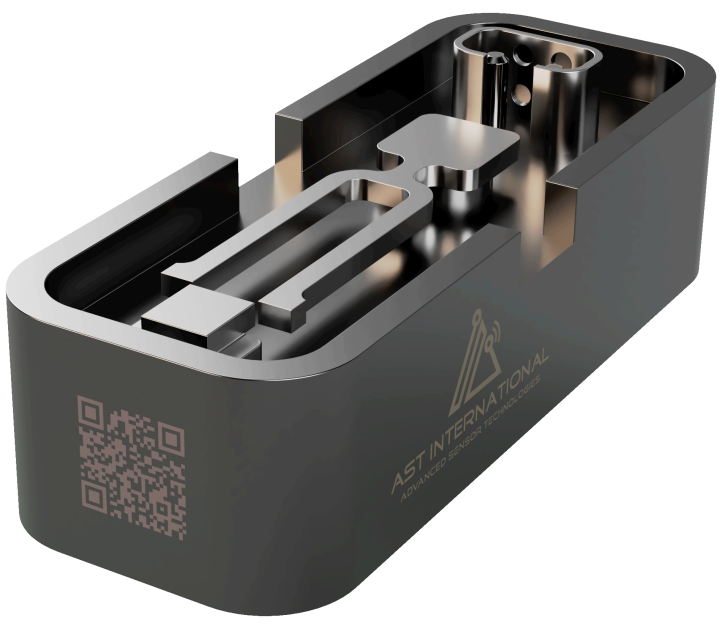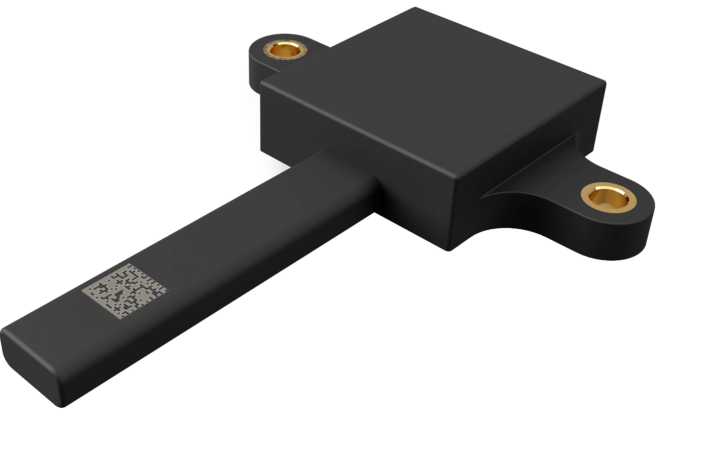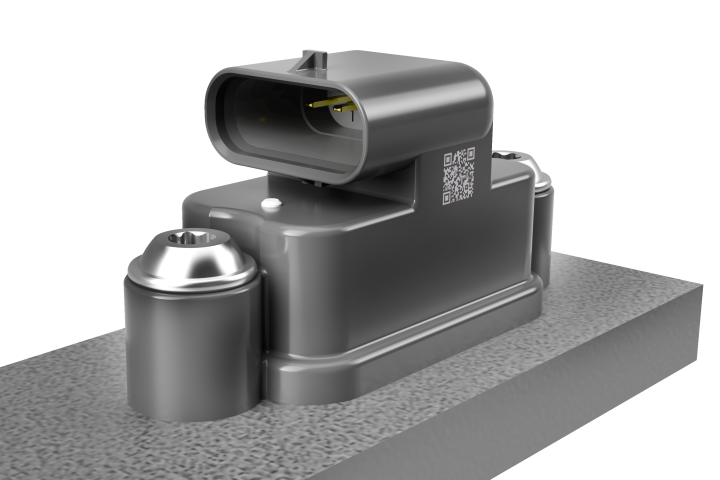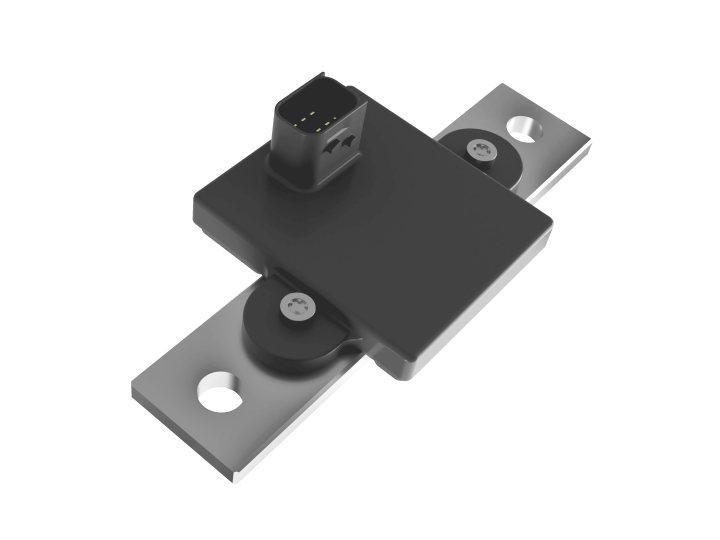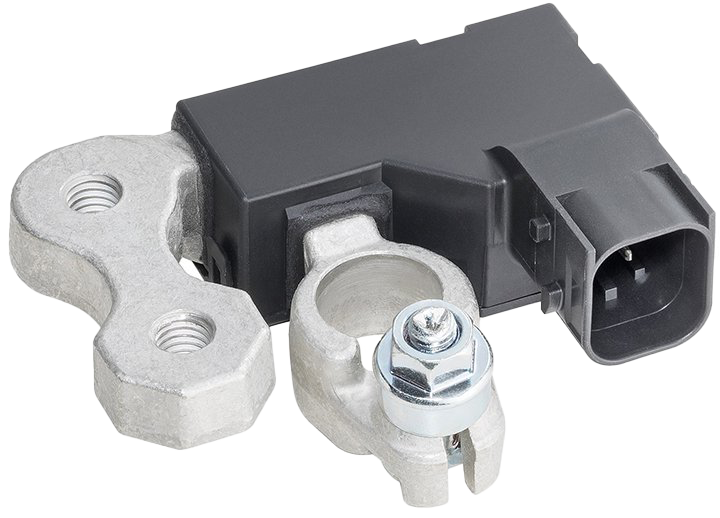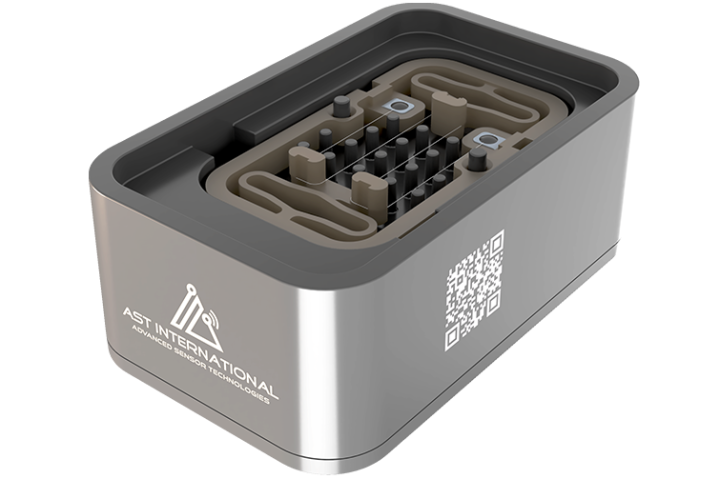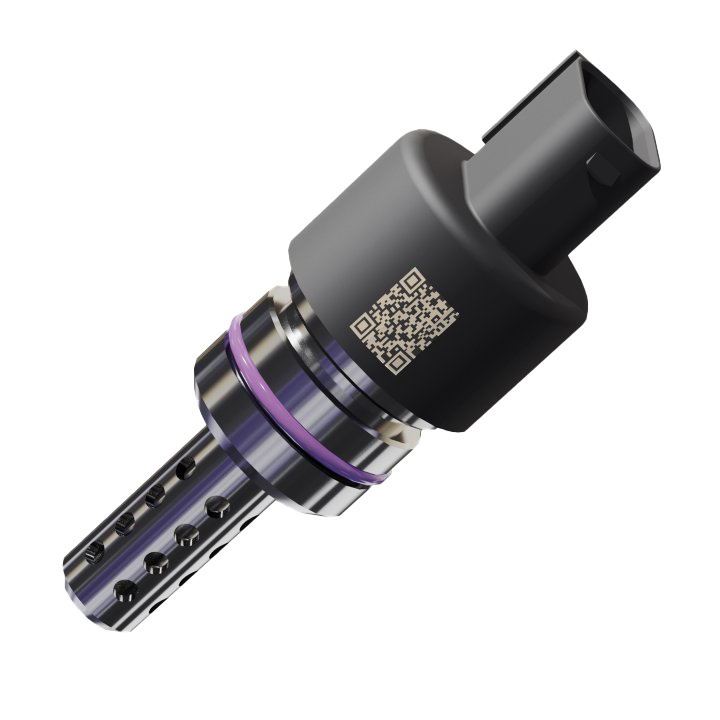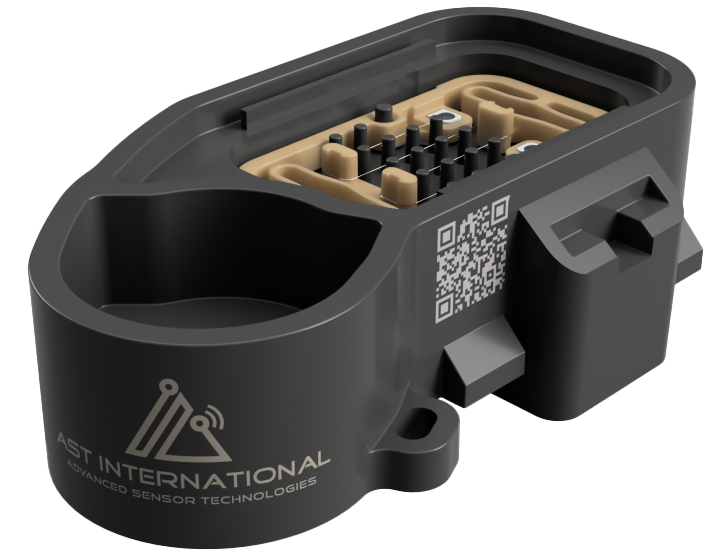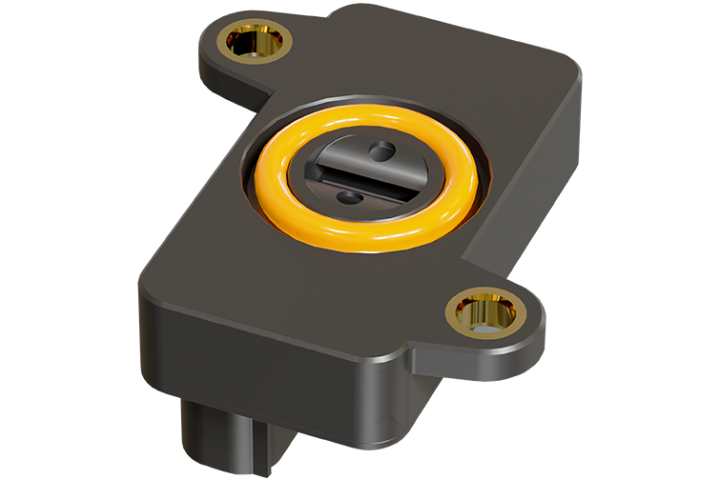Connectivity & Security
Connectivity and security are inseparable in today's world. As a result of progressive networking, basic human needs such as trust and security are becoming increasingly relevant for digital business models, but also for the design of products and services.
Autonomous driving and the Internet of Things are central components of ever-advancing networking.
Internet of Things
In recehnt years, the Internet of Things has become one of the most important technologies in the field of networking. It enables everyday objects, such as vehicles or kitchen appliances, to be connected via the Internet using small chips, sensors, data storage devices, or software to enable data exchange.
This makes seamless communication between employees, processes, and objects possible.
At AST, we develop sensors that can capture data, which is then fed either via a cable or via radio network systems and subsequently analyzed.
DIGITAL HEALTH
As specialists in sensor technology, we aim to support and relieve doctors, nurses, and healthcare professionals in their daily work. Our sensor and hardware solutions offer many advantages and can contribute to a smooth recovery process.
Our technologies are also suitable for research and laboratory settings, complementing existing methods, and reliably handling complex measurement tasks and experimental monitoring.
The sensor solutions provided by AST International can be easily adapted to the requirements of the healthcare sector. We hope that by using sensors in the basic medical equipment, we can relieve hospital and nursing staff. This allows the staff to focus on care and interpersonal communication with patients, while leaving monitoring and control tasks to the technology.
A similar situation exists in research: Standardized and regularly recurring tasks can be reliably and accurately automated. Negative factors resulting from manual handling are thus eliminated.
Autonomous Driving
Due to advanced technologies, we can continuously improve road safety. This development is enabled thanks to numerous advanced driver assistance systems (ADAS) through to systems for autonomous driving (AD). From 2024, only new cars that can demonstrate certain assistance systems will be registered. Therefore, life without ADAS and AD is no longer imaginable.
ADAS
Advanced driver assistance systems are an integral part of today's modern vehicles and have become indispensable. They enable us to create a safer and more enjoyable driving experience thanks to systems such as lane departure warnings, parking assistance, and adaptive cruise control.
AD
Autonomous driving means that driving in the future will be possible without an active driver, i.e., a vehicle will be able to drive itself from one place to another—without external assistance.
The SAE defines and describes autonomy levels, which range from unassisted to fully autonomous driving.
SAE autonomy levels

00 No automation
The driver has full control.

01 Driver assistance
The driver is supported by driving assistance systems, but these do not control the wheel. E.g..: cruise control

02 Partial automation
Systems can take the wheel, but the driver remains in charge. E.g..: staying in lanes and braking

03 Conditional automation
The drive no longer has to constantly monitor the driving system. E.g.: overtaking, accelerating, braking

04 High automation
The vehicle predominantly drives itself, but the driver must be fit to drive. E.g.: signaling, overtaking

05 Full automation
The vehicle drives completely independently and does not require a driver. E.g.: crossing intersections
The technologies that enable autonomous driving must overcome numerous challenges that arise in daily road traffic. Particularly the lack of visibility for the driver or the optical driving assistance systems due to dirt or bad weather conditions impairs safe driving in road traffic. Breakdowns caused by a discharged vehicle battery or engine damage also pose a considerable risk. To ensure the functional reliability of systems, vehicle manufacturers must find ways to prevent these problems. AST develops sensors that continuously monitor the status of assistance systems. This allows damage to be detected at an early stage and critical faults prevented to ensure reliability and safety over the long term.
